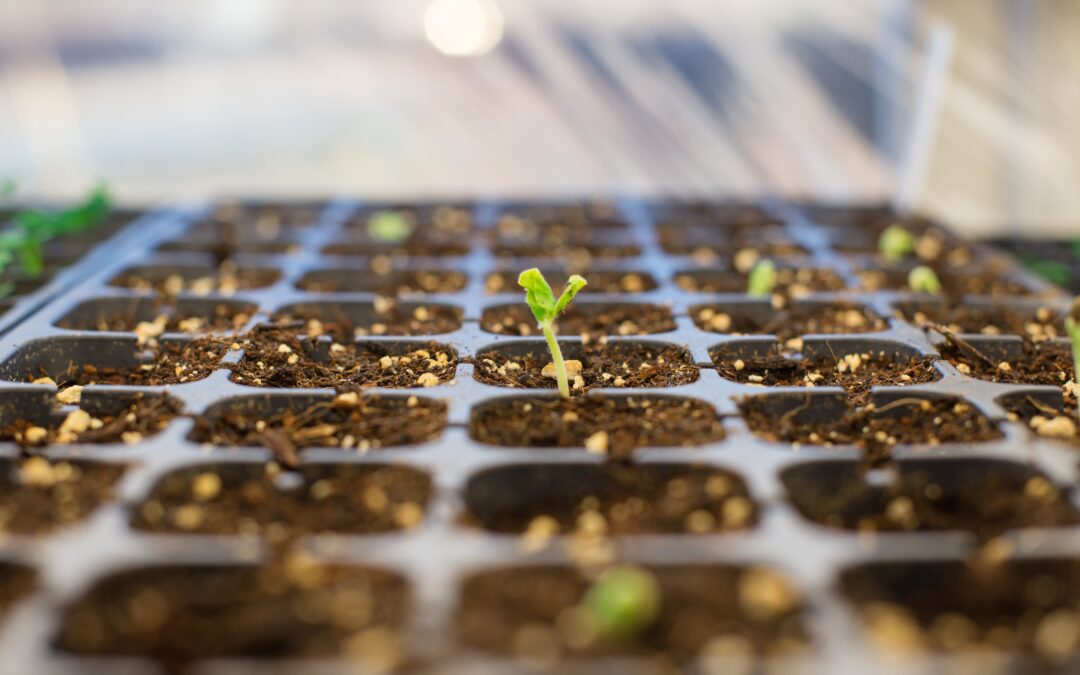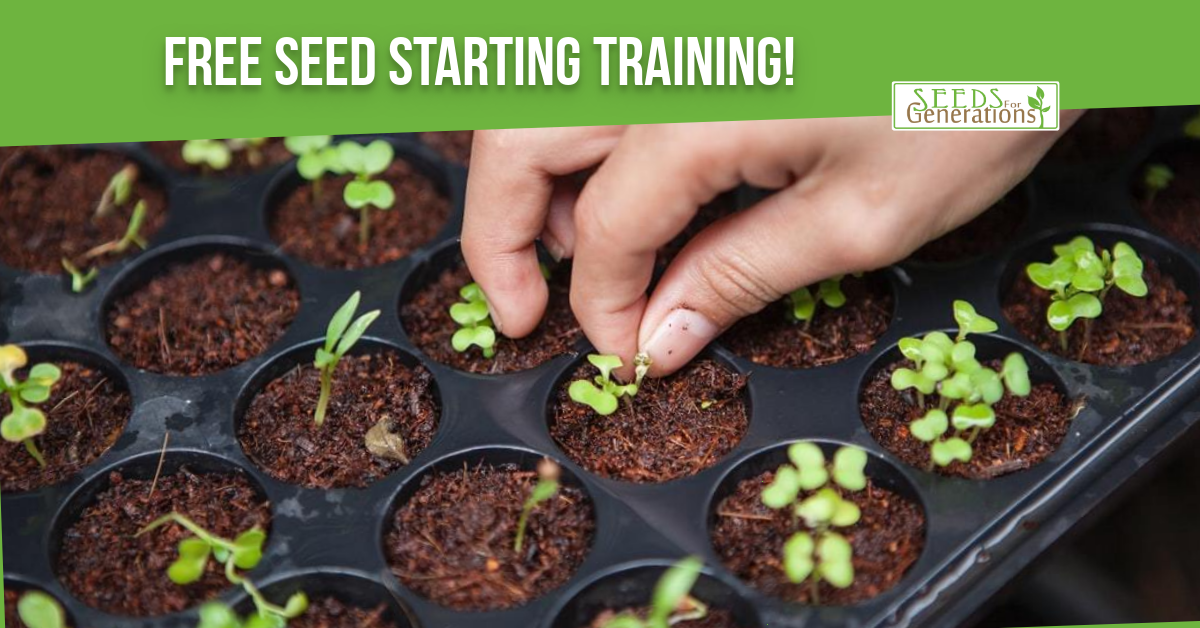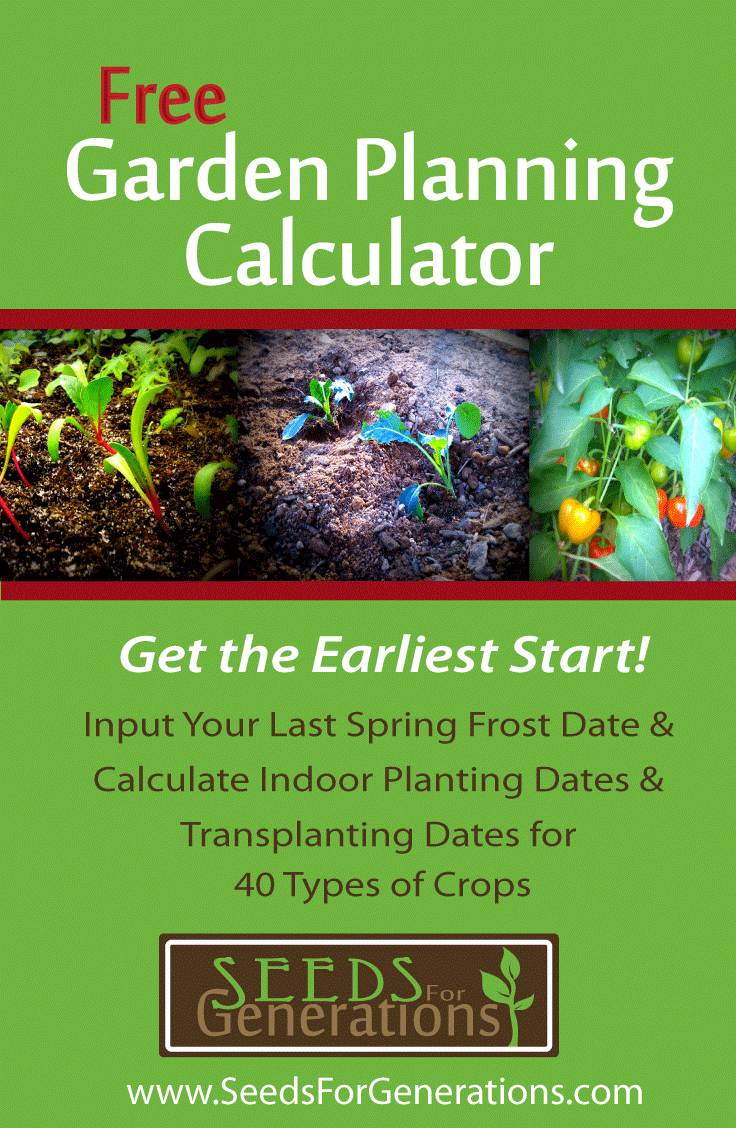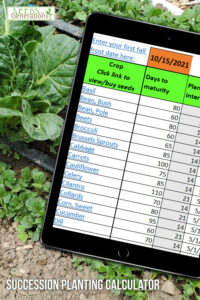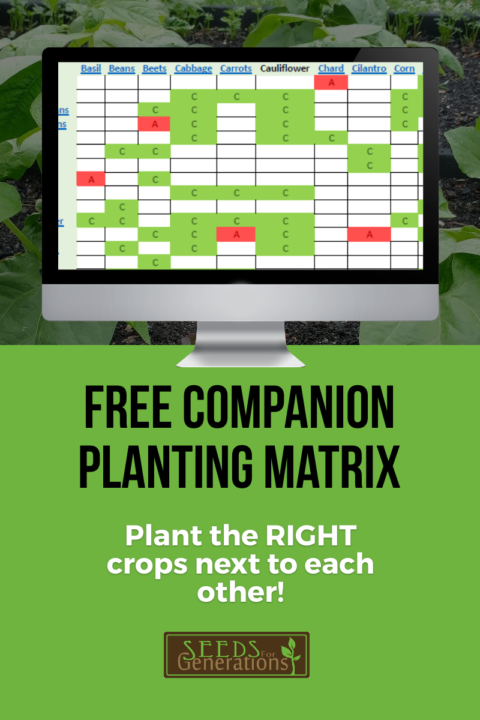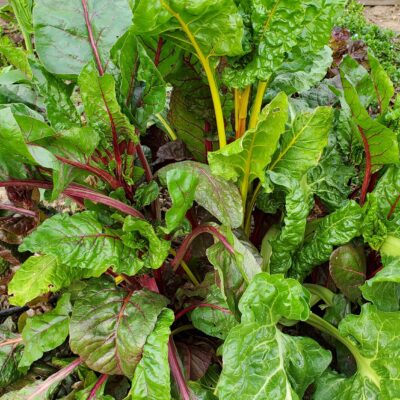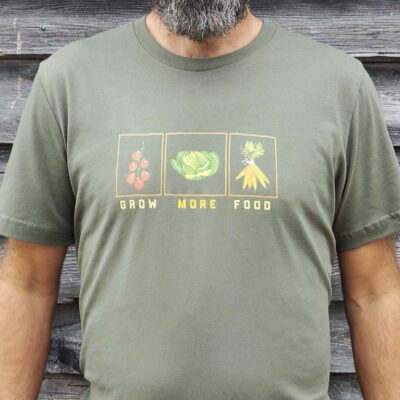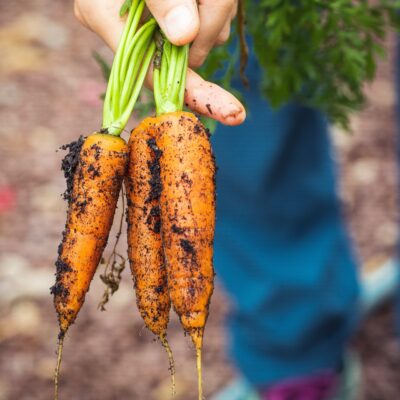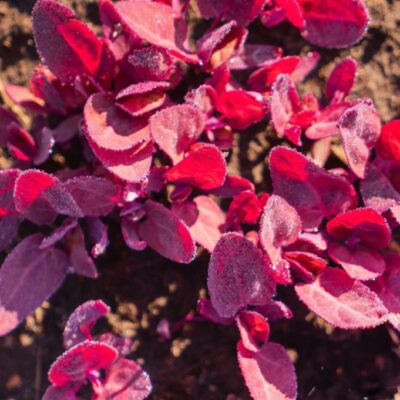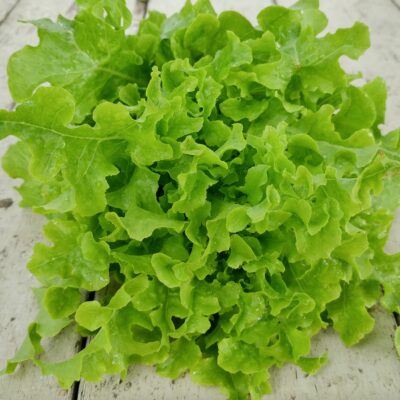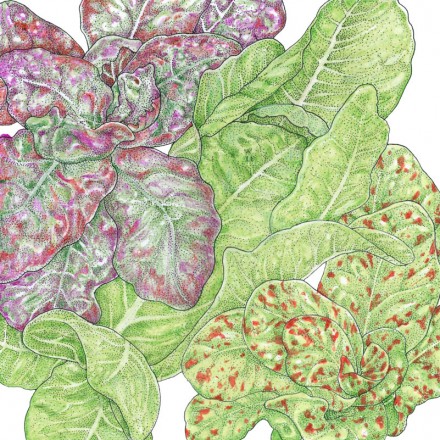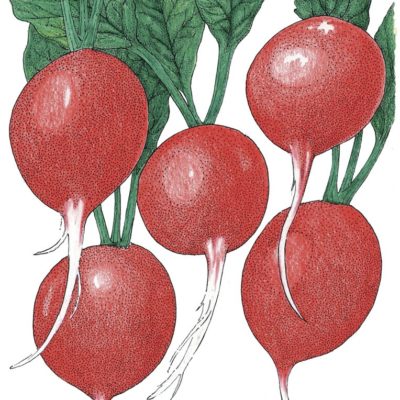Seeds for Generations is a part of Amazon Services LLC Associates Program, as well as other affiliate and/or referral programs. If you purchase or opt-in after clicking on these links, at no additional cost to you, we may receive a small commission for making you aware of these important resources.
Wondering how to grow seedlings? Well, you need a few ingredients: seeds, soil, light, the right temperature and moisture…in all of the perfect amounts. Let’s get started.

How to Grow Seedlings: Germination Requirements
Germination requirements are conditions that must be met in order for your seeds to germinate.
Germination requirements will be listed on seed packages, and some seeds have more requirements than others. Strawberry seeds, for example, need very bright light. (Most seeds need light to grow, but there are probably a few plants that require dark conditions instead.)
Also consider required soil temperature and seed treatment. Tomatoes and peppers, for example, need very warm soil, 70-80 degrees! Occasionally, seeds may require soaking, stratification (a period of cold before germination), or scarification before they’ll germinate properly. Rhubarb, and morning glory seeds, for example, need soaked being planted. Though not very common, you’ll occasionally discover seeds with a tough outer shell that must be scratched (“scarified”) before they will germinate properly. This is easily done by rolling the seeds gently in folded sandpaper before planting. (This isn’t a common requirement, but you may run across it with some flower seeds.
Just remember, your seed packet will usually mention if your seeds need special treatment before planting. Most seeds have a germination rate of 80% or more, but it does depend on how well you follow germination conditions.
Remember that regardless of germination requirements, it’s always better to have too many seedlings than not enough. Don’t be afraid to plant more than one seed per cup/cell/container. If too many seedlings grow, just plant the best seedlings and prune the weakest. You should always allow extra seedlings for transplant shock. And if you end up with too many extra in the end, you can always give them away or sell them!

Temperature for Growing Seedlings
Most seedlings require warm, regulated temperatures to grow, so you’ll need to start your seeds near a heat source like a furnace. Some gardeners use heating mats that contact directly with plastic trays and keep the seedlings a consistent warm temperature. (One source suggests soil temperature should be 75 to 90 degrees F, but that if using heat mats, you should turn them off after the seedlings are mature.)

Soil for Growing Seedlings
What kind of seed starting soil mix should you use? Different gardeners use different things, but here is what one gardener named Rob Wokaty uses. (In his opinion, it’s too risky to start seeds in a homemade mix, unless you sterilize it first.)
Homemade Seed Starting Soil Mix:
- 4 parts screened compost (screen it through 1/4-inch screen to remove large bits)
- 1 part perlite
- 1 part vermiculite
- 2 parts sphagnum peat moss and/or coir
While purchasing seed starting soil mix in small bags gets expensive, greenhouse supply companies provide 30-40lb bags. Watch for sales (especially year-end sales) on sterilized seed starting mediums. (If you’re using a soil blocker, you’ll use a mixture of half or more screened peat moss mixed with lime, green sand, bloodmeal, and phosphorus. When mixed properly and with the proper moisture, soil blocks work well.)

Light for Growing Seedlings
In addition to the right soil and temperature, your seedlings need light to grow strong. Indirect sunlight is best if you’re already using window light, because direct sunlight is too intense and could bake your plants!
Many gardeners use fluorescent shop lights instead. They’re the cheapest lighting option and you can set them on a timer. (They work great, but they do need to be very close to your plants, within a couple of inches being ideal. Keep in mind you’ll have to adjust them as the plant grows.) You can also purchase commercial grow lights that produce a very bright light, though they are considerably more expensive.
There are many different kinds of grow lights available, including LED lights, which have become more accessible in recent years.
Once you determine what artificial lights you will use, you need a way to exposure your plants to the light. We use a shelving unit or a grow light stand.
Some Quick Tips & Considerations:
- You’ll have to adjust the height of the lighting above the plants. You can do this with screw hooks and chains/paracord. (When your plants are small, they require more light, but you don’t want the plants to actually touch the bulbs either. Be careful and think ahead.)
- Seedlings should get 16 hours of light/day to get the best start.
- Cover your seed trays with plastic dome covers, or the entire grow shelf with plastic, to help control moisture and humidity levels.

Moisture for Growing Seedlings
Speaking of moisture, seeds and seedlings need water…just not too much, or they’ll rot and/or drown! To keep seeds moist during germination and maturation, provide consistent moisture. (One source suggests watering with warm water, to maintain proper soil temperature. What a great idea!) During their early days, you may want to lightly cover the soil too, so the moisture doesn’t evaporate and the soil remains warm. (This is why seedling trays often come with clear plastic covers on top.)
Use a pump sprayer or automated tools found a greenhouse supply company. One such tool uses a long, 8-foot PVC tube with emitters every foot or so. This is automatic, though you may have to check and adjust it from time to time. You can also use drip irrigation kits set on timer to flood the trays, dripping for 20-30 minutes at a time. You could even use a spray bottle! Whatever system you use, you should always water from the base of the plant to prevent damping off.
How to Grow Seedlings – Conclusion
You have seeds. You have warm, constant temperatures. You have good soil. You have light. And you have moisture. Those are the ingredients you need to grow healthy seedlings for your garden!
Read the Whole Seed Starting Series!

- Introduction Post - How to Calculate your Garden Planting Dates
- Seed Starting #1 - How to Start Seeds Indoors: Seed Starting Supplies
- Seed Starting #2 - How to Grow Seedlings: Germination Requirements
- Seed Starting #3 - How to Care for Seedlings: Tracking, Managing, & Hardening Young Plants
- Seed Starting #4 - How to Choose Garden Seeds


